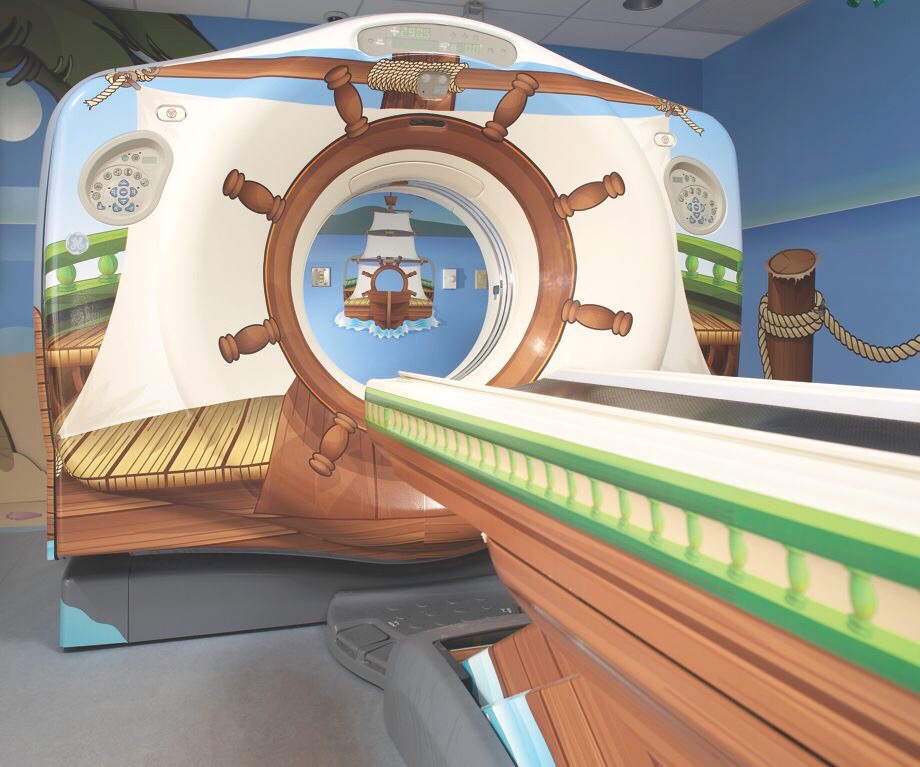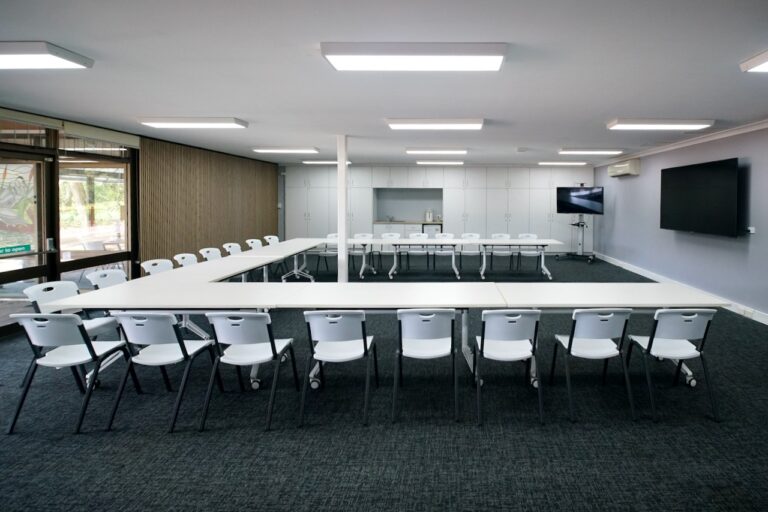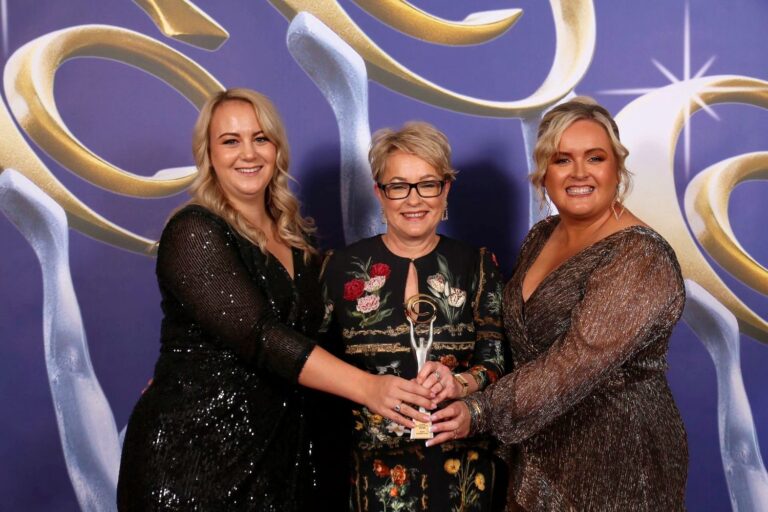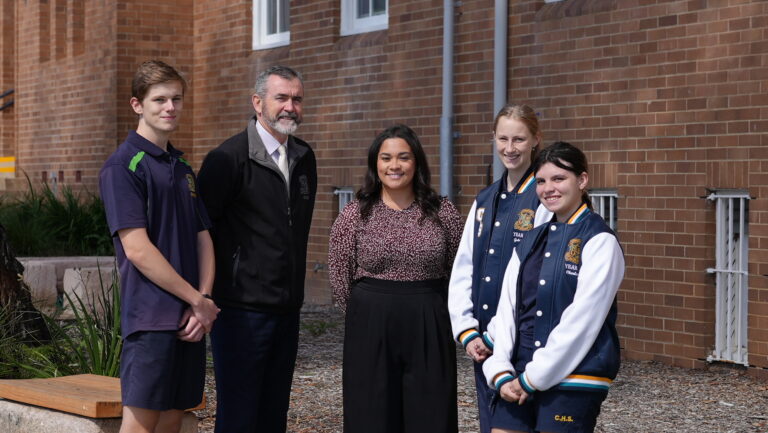Design Thinking and creativity and innovation are intrinsically linked.
Successful innovations rely on human-centric design. They are all about identifying a consumer or client gap and filling a need, and often about connecting (think Uber, Airbnb and Google).
Idris Mootee defined Design Thinking in his book, Design Thinking for Strategic Innovation as:
“…the search for a magical balance between business and art, structure and chaos, intuition and logic, concept and execution, playfulness and formality and control and empowerment.”
At the heart of Design Thinking is empathy. We often assume we are acting empathically and from the clients’ perspective when often the reality is so different.
Take the case of an MRI machine developed by Doug Dietz. The machine was credited with increasing the survival rates of children with cancer as it increased early detection and therefore treatment. Doug felt chuffed. Until he observed the fear in a young girl’s face and the distress of her parents as she approached the machine. Doug then learned that 80 per cent of pediatric patients had to be anaesthetised to have a scan.
That was the moment that Doug empathised with his ‘clients’ and saw the experience through the eyes of the child.
There was no way Doug could redesign the $250K machine. So, after observing children playing, he redesigned the experience. The Adventure Series was born and the first prototype, the MRI disguised as a pirate ship was born. The machine was complete with captains wheel, plank and an operator who was in character, warning the children that they would walk the plank if they move and offering them a piece of treasure when they finish. Human-centred innovation!
Design Thinking asks that you ‘Think Big’. At the same time it is a balance between: people and deeply understanding human needs; economic viability and sustainability in business; and technical feasibility and what we can do to make innovation possible.
In business, schools and organisations, convergent thinking is the norm. We investigate the choices available and make an educated decision on the way forward. Design Thinking is about divergent thinking, where we imagine and create that which has not previously existed. The more diverse the brains in the room, the better the build and layering of ideas that contribute to discovering solutions to customer-centred problems. If you want to discover solutions, have an architect, a musician, a scientist, a nurse and an engineer on your team. There is experience and imagination in diversity.
Design Thinking demands rapid prototyping and a fail fast and pivot approach. For the process to work, agility is required and the ability to adopt an idea from another industry/product/service and adapt it to your own.
This quote by Tom Kelly, co-founder of IDEO, sums up the approach to Design Thinking that embodies the advancements in technology and acknowledges the importance of human-centricity:
“Our best work comes as we blend technology with humanity…what will humans need?”
As long as we stay human-centred and operate from empathy, the sweet spot between people, business and technical will create a multitude of opportunities for innovation.
Ideation At Work will be running a Design Thinking – The Way to Customer Centricity workshop on 31 January 2017.





